Cromodinámica Cuántica Relativista. Hadronización en Supergravedad y Gravedad Cuánticas. Volumen II
Resumen
Como ha quedado demostrado en trabajos anteriores, las partículas elementales que conforman la fuerza nuclear fuerte, entre ellas los quarks y los gluones, pueden acreditar las características que son inherentes a una partícula oscura o blanca e incluso, una suprapartícula e hiperpartícula, ésta última, cuando alcanza o supera la velocidad de la luz, sin embargo, en este artículo, se propone un planteamiento alternativo para la hadronización. En sentido estricto, la hadronización es la combinación de quarks y gluones para la formación de otra partícula con distinta masa y energía, denominada hadrón, todo esto, debido al confinamiento que los une. Suponemos, que un plano cuántico – relativista, los quarks y los gluones, se combinan, por la deformación del espacio – tiempo cuántico, causado por cualquiera de éstos, sea en condición de partícula oscura o blanca, según sea el caso. Por tanto, en un espacio de gravedad cuántica o de supergravedad, la hadronización es posible, en la medida en que la gravedad en sí misma, interfiere transversalmente en el proceso de confinamiento, recalcando que, la hadronización puede formar partículas oscuras o blancas de naturaleza hadrónica.
Descargas
Citas
Albuja Bustamante, M. I. (2024). Demostración del Espectro Hamiltoniano para un Campo de Yang-Mills no Abeliano que Poseen una Brecha de Masa Finita con Respecto al Estado de Vacío. Ciencia Latina Revista Científica Multidisciplinar, 8(1).
Manuel Ignacio Albuja Bustamante , Teoría de Campos: Reforzamiento Teórico – Matemático al Modelo Estándar de Partículas, bajo la estructura ecuacional de Yang – Mills , Ciencia Latina Revista Científica Multidisciplinar: Vol. 8 Núm. 2 (2024).
Manuel Ignacio Albuja Bustamante, La brecha de masa y la curvatura de los campos cuánticos , Ciencia Latina Revista Científica Multidisciplinar: Vol. 8 Núm. 4 (2024).
Manuel Ignacio Albuja Bustamante, Formalización Matemática y en Física de Partículas, en Relación a la Brecha de Masa y la Curvatura Geométrica de los Campos Cuánticos , Ciencia Latina Revista Científica Multidisciplinar: Vol. 8 Núm. 5 (2024).
Manuel Ignacio Albuja Bustamante, Campos Cuánticos Relativistas: Aproximaciones Teórico – Matemáticas Relativas a los Espacios Cuánticos Geométricamente Deformados o Perforados por Partículas y Antipartículas Supermasivas y Masivas E Hiperpartículas y Suprapartículas , Ciencia Latina Revista Científica Multidisciplinar: Vol. 9 Núm. 1 (2025).
Manuel Ignacio Albuja Bustamante, Teoría Cuántica de Campos Relativistas. Formalización Teórica , Ciencia Latina Revista Científica Multidisciplinar: Vol. 9 Núm. 3 (2025)
Manuel Ignacio Albuja Bustamante, Supergravedad cuántica relativista. Teorización inicial , Ciencia Latina Revista Científica Multidisciplinar: Vol. 9 Núm. 4 (2025)
Manuel Ignacio Albuja Bustamante, Supergravedad cuántica relativista. Dimensiones en R^η. , Ciencia Latina Revista Científica Multidisciplinar: Vol. 9 Núm. 4 (2025)
Manuel Ignacio Albuja Bustamante, Gravedad cuántica relativista , Ciencia Latina Revista Científica Multidisciplinar: Vol. 9 Núm. 4 (2025)
Manuel Ignacio Albuja Bustamante, Agujeros Negros Cuántico-Relativistas Masivos o Supermasivos , Ciencia Latina Revista Científica Multidisciplinar: Vol. 9 Núm. 4 (2025).
Manuel Ignacio Albuja Bustamante, Cromodinámica Cuántica Relativista , Ciencia Latina Revista Científica Multidisciplinar: Vol. 9 Núm. 4 (2025).
Albuja Bustamante, M. I. (2025). Las partículas supermasivas: naturaleza fenomenológica de la partícula oscura. Ciencia Latina Revista Científica Multidisciplinar, 9(3).
Curtis G. Callan, Jr., Jonathan Heckman, Tristan McLoughlin e Ian Swanson, Lattice super Yang-Mills: A virial approach to operator dimensions, arXiv:hep-th/0407096v2 3 Aug 2004.
Shozo Uehara y Satoshi Yamada, From supermembrane to super Yang-Mills theory, arXiv:hep-th/0405037v2 24 Jul 2004.
M. Movshev y A. Schwarz, On maximally supersymmetric Yang-Mills theories, arXiv:hep-th/0311132v3 31 Dec 2003.
N. Beisert, C. Kristjansen y M. Staudacher, The Dilatation Operator of Conformal N = 4 Super Yang-Mills Theory, arXiv:hep-th/0303060v4 3 Sep 2004.
A. Tanzinia, O. S. Ventura, L.C.Q.Vilar y S.P. Sorella¸ BRST Cohomology of N = 2 Super-Yang-Mills Theory in 4D, arXiv:hep-th/9811191v2 19 May 2000.
Adam Ritz, Mikhail Shifman y Arkady Vainshtein, Counting Domain Walls in N =1 Super Yang-Mills Theory, arXiv:hep-th/0205083v3 15 Aug 2002.
Oliver DeWolfe, Steven S. Gubser y Christopher Rosen, Minding the gap in N = 4 Super-Yang-Mills, arXiv:1312.7347v1 [hep-th] 27 Dec 2013.
Davide Gaiotto y Edward Witten, S-Duality Of Boundary Conditions in N = 4 Super Yang-Mills Theory, arXiv:0807.3720v1 [hep-th] 23 Jul 2008.
Daisuke Yamada y Laurence G. Yaffe, Phase Diagram of N =4 Super-Yang-Mills Theory with R-Symmetry Chemical Potentials, arXiv:hep-th/0602074v3 15 Sep 2006.
Jun Saito, Superspace Formulation of N = 4 Super Yang-Mills Theory with a Central Charge, arXiv:hep-th/0512226v1 19 Dec 2005.
Itzhak Bars y Yueh-Cheng Kuo, Super Yang-Mills Theory in 10+2 Dimensions, The 2T-physics Source for N=4 SYM and M(atrix) Theory, arXiv:1008.4761v1 [hep-th] 27 Aug 2010.
J.R. Hiller, S.S. Pinsky y U. Trittmann, Spectrum of N = 1 massive super Yang–Mills theory with fundamental matter in 1+1 dimensions, arXiv:hep-ph/0304147v1 15 Apr 2003.
Martin Cederwall, Bengt E.W. Nilsson y Dimitrios Tsimpis, D=10 superYang–Mills at O(α^'2 ), arXiv:hep-th/0104236v1 26 Apr 2001.
Christoph Lüdeling, Seven-Dimensional Super-Yang–Mills Theory in N = 1 Superfields, arXiv:1102.0285v1 [hep-th] 1 Feb 2011.
Frank Ferrari, Extended N = 1 super Yang-Mills theory, arXiv:0709.0472v2 [hep-th] 29 Oct 2007.
Takeshi Morita, Super Yang-Mills Theory from a Supermatrix Model, arXiv:hep-th/0512103v5 6 Jul 2006.
Matthias R. Gaberdiel y Rajesh Gopakumar, The Worldsheet Dual of Free Super Yang-Mills in 4D, arXiv:2105.10496v1 [hep-th] 21 May 2021.
John R. Hiller, Motomichi Harada, Stephen Pinsky, Nathan Salwen y Uwe Trittmann, Two-dimensional super Yang–Mills theory investigated with improved resolution, arXiv:hep-th/0411220v1 24 Nov 2004.
Stefano Kovacs, N=4 supersymmetric Yang–Mills theory and the AdS/SCFT correspondence, arXiv:hep-th/9908171v1 26 Aug 1999.
Nicola Maggiore y Marco Picollo, Let’s Twist Again: N=2 Super Yang-Mills Theory Coupled To Matter, arXiv:1010.1921v2 [hep-th] 9 Mar 2011.
A.V. Belitsky, S. Hohenegger, G.P. Korchemsky, E. Sokatchev y A. Zhiboedov, Event shapes in N = 4 super-Yang-Mills theory, arXiv:1309.1424v2 [hep-th] 1 May 2014.
Masashi Fujitsuka, Masazumi Honda y Yutaka Yoshida, Maximal super Yang-Mills theories on curved background with off-shell supercharges, arXiv:1209.4320v4 [hep-th] 23 Jan 2013.
Maximilian Rupprecht, The coupling flow of N=4 super Yang–Mills theory, arXiv:2111.13223v2 [hep-th] 31 Mar 2022.
Ori J. Ganor, Yoon Pyo Hong y Hai Siong Tan, Ground States of S-duality Twisted N = 4 Super Yang–Mills Theory, arXiv:1007.3749v2 [hep-th] 2 Dec 2010.
L. Baulieu y G. Bossard, New Results on N = 4 SuperYang–Mills Theory, arXiv:hep-th/0507003v2 4 Feb 2008.
Jian Qiua y Maxim Zabzine, On twisted N = 2 5D super Yang-Mills theory, arXiv:1409.1058v2 [hep-th] 15 Aug 2015.
Hannes Malcha y Hermann Nicolai, Perturbative linearization of super-Yang-Mills theories in general gauges, arXiv:2104.06017v2 [hep-th] 20 May 2021.
Katsushi Ito, Hiroaki Nakajima y Shin Sasaki, Twisted N = 4 Super Yang-Mills Theory in Ω-background, arXiv:1307.7565v2 [hep-th] 19 Nov 2013.
John Joseph M. Carrasco y Henrik Johansson, Five-Point Amplitudes in N = 4 Super-Yang-Mills Theory and N = 8 Supergravity, arXiv:1106.4711v2 [hep-th] 16 Jan 2012.
Tianji Cai, François Charton, Kyle Cranmer, Lance J. Dixon, Garrett W. Merz y Matthias Wilhelm, Recurrent Features of Amplitudes in Planar N = 4 Super Yang-Mills Theory, arXiv:2501.05743v2 [hep-th] 15 Apr 2025.
Davide Gaiotto and Edward Witten, Supersymmetric Boundary Conditions in N = 4 Super Yang-Mills Theory, arXiv:0804.2902v2 [hep-th] 16 Jul 2008.
Joseph A. Minahan, Anton Nedelin y Maxim Zabzine, 5D super Yang-Mills theory and the correspondence to AdS7/CFT6, arXiv:1304.1016v2 [hep-th] 4 Jun 2013.
Yoonbai Kim, O-Kab Kwon y D. D. Tolla, Super Yang-Mills Theories with Inhomogeneous Mass Deformations, arXiv:2008.00868v1 [hep-th] 3 Aug 2020.
Daniel Prins y Dimitrios Tsimpis, IIA supergravity and M-theory on manifolds with SU(4) structure, arXiv:1312.1692v2 [hep-th] 20 Mar 2014.
Eric A. Bergshoeff y Jan Rosseel, Non-Lorentzian Supergravity, arXiv:2211.02604v1 [hep-th] 4 Nov 2022.
L. Andrianopoli y R. D’Auria, Supergravity in the Geometric Approach and its Hidden Graded Lie Algebra, arXiv:2404.13987v2 [hep-th] 3 Dec 2024.
FABIAN HAHNER y INGMAR SABERI, ELEVEN-DIMENSIONAL SUPERGRAVITY AS A CALABI–YAU TWOFOLD, arXiv:2304.12371v2 [math-ph] 3 Dec 2024.
Dewi S.W. Gould, Ling Lin y Evyatar Sabag, Swampland Constraints on the SymTFT of Supergravity, arXiv:2312.02131v1 [hep-th] 4 Dec 2023.
Patrick Concha y Lucrezia Ravera, Non-Lorentzian Supergravity and Kinematical Superalgebras, arXiv:2412.07665v1 [hep-th] 10 Dec 2024.
James Bedford, An Introduction to String Theory, arXiv:1107.3967v3 [hep-th] 7 Jun 2012.
David Tong, String Theory, arXiv:0908.0333v3 [hep-th] 23 Feb 2012.
Hector O. Silva, Jung-Wook Kim y M. V. S. Saketh, arXiv: 2502.17488v2 [gr-qc] 12 May 2025.
A.G. Magner, S.P. Maydanyuk y A. Bonasera, LEPTODERMIC CORRECTIONS TO THE TOV EQUATIONS AND NUCLEAR ASTROPHYSICS WITHIN THE EFFECTIVE SURFACE APPROXIMATION, arXiv:2409.04745v1 [gr-qc] 7 Sep 2024.
Lewis T. Cole y Peter Weck, Integrability in Gravity from Chern-Simons Theory, arXiv:2407.08782v3 [hep-th] 10 Oct 2024.
R. A. Reid-Edwards y D. A. Riccombeni, A Superstring Field Theory for Supergravity, arXiv:1701.05495v3 [hep-th] 14 Apr 2018.
Shai M. Chester, Ross Dempsey y Silviu S. Pufu, Level repulsion in N =4 super-Yang-Mills via integrability, holography, and the bootstrap, JHEP07(2024)059.
Harold Erbin, String Field Theory – A Modern Introduction, arXiv:2301.01686v1 [hep-th] 4 Jan 2023.
Derechos de autor 2025 Manuel Ignacio Albuja Bustamante

Esta obra está bajo licencia internacional Creative Commons Reconocimiento 4.0.



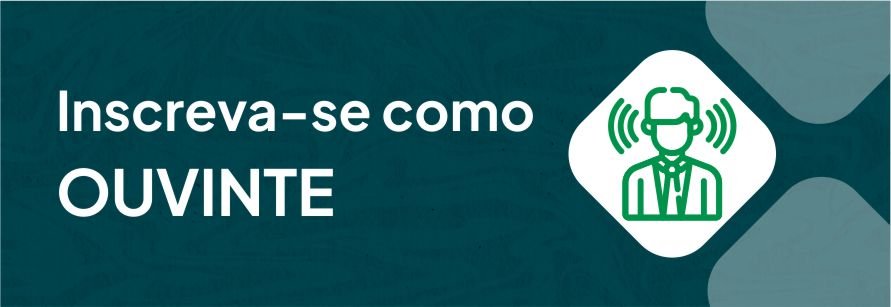







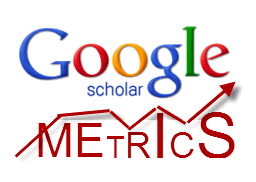

.png)
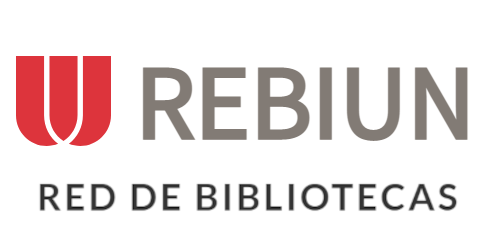







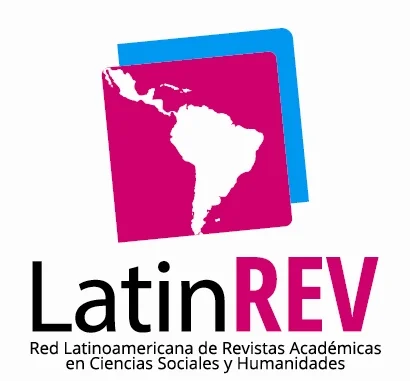

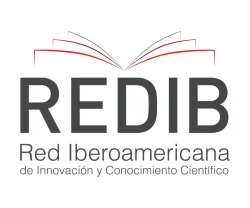


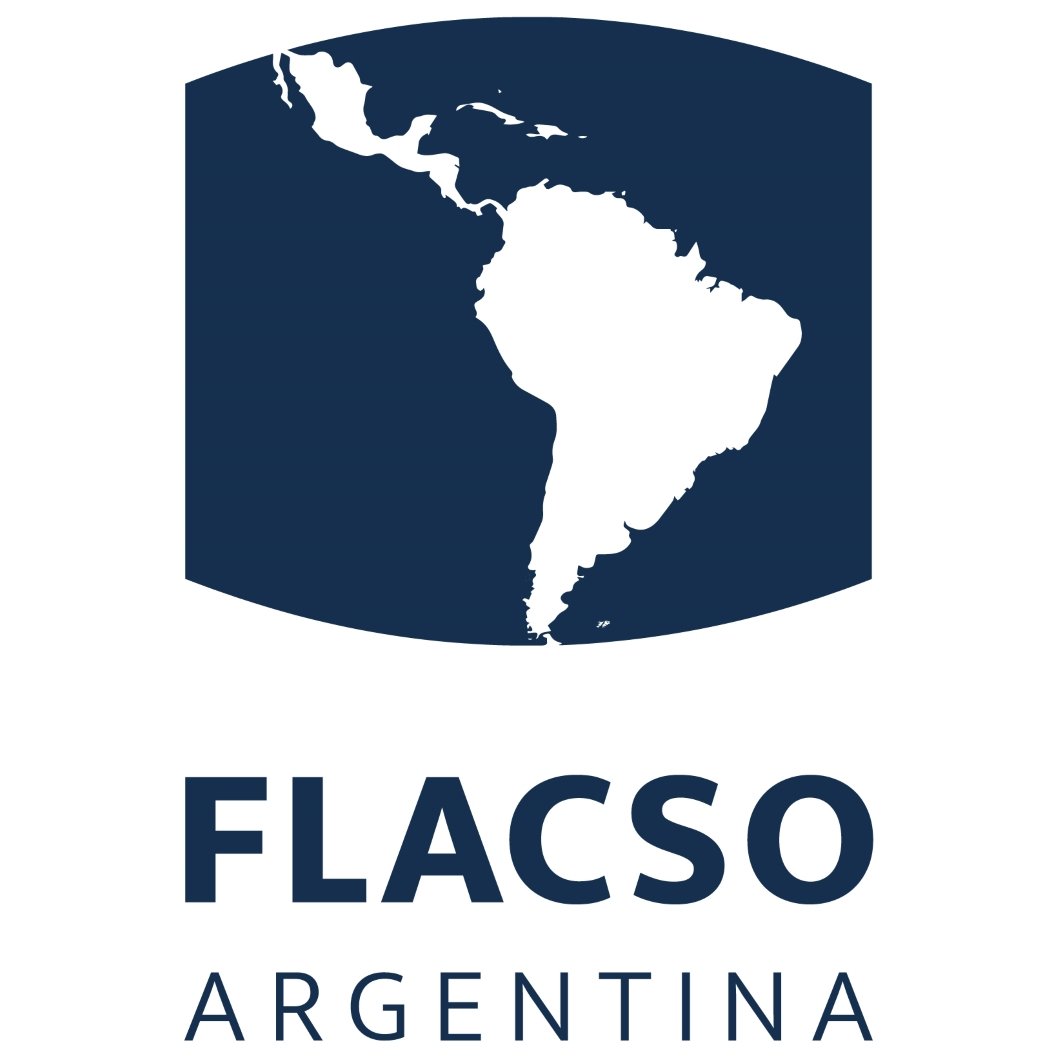






.png)
1.png)


